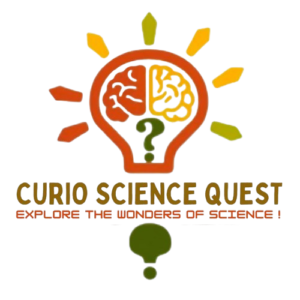Why Is Gregor Mendel Called the Father of Genetics? The Answer May Surprise You
“Gregor Mendel, an Augustinian monk with a passion for experimentation, laid the foundation of modern genetics in the mid-19th century. Through meticulous crossbreeding of pea plants, he uncovered the fundamental laws of inheritance — decades before the discovery of DNA — securing his place in history as the Father of Genetics.”
Gregor Mendel, an Augustinian monk in the mid-19th century, conducted ground breaking experiments that laid the foundation of modern genetics. Working in a monastery garden during the 1850s and 1860s, Mendel systematically cross-pollinated pea plants and meticulously recorded how specific traits—such as flower colour, seed shape, and plant height—were inherited across generations.
He Conducted Controlled Experiments
Mendel applied a rigorous scientific approach to his experiments, isolating variables and maintaining detailed records. His use of large sample sizes and statistical analysis was far ahead of its time, ensuring the reliability of his findings.
He Inferred the Existence of “Genes”
Although the term gene had not yet been coined, Mendel theorized that hereditary traits were governed by discrete “factors” passed from parent to offspring. These factors, now recognized as genes, explained the consistent patterns he observed.
He Discovered Fundamental Laws of Inheritance
Mendel identified two core principles that underpin modern genetics:
- Law of Segregation: Each organism carries two “factors” for a trait, but only one is passed on to offspring.
- Law of Independent Assortment: The inheritance of one trait is independent of others, assuming the genes are on different chromosomes.
His Work Was Initially Overlooked
Published in 1866, Mendel’s research went largely unrecognized until around 1900, when three separate scientists—de Vries, Correns, and von Tschermak—independently verified his conclusions. By then, advances in cytology made it clear that Mendel’s “factors” corresponded to structures observed in cells during reproduction.
He Founded the Field of Genetics
Today, Mendel’s principles form the core of classical genetics. His work underpins modern developments in molecular biology, genetic engineering, medicine, agriculture, and evolutionary biology. Every biology student studies Mendel’s pea plant experiments as the starting point of genetic science.
